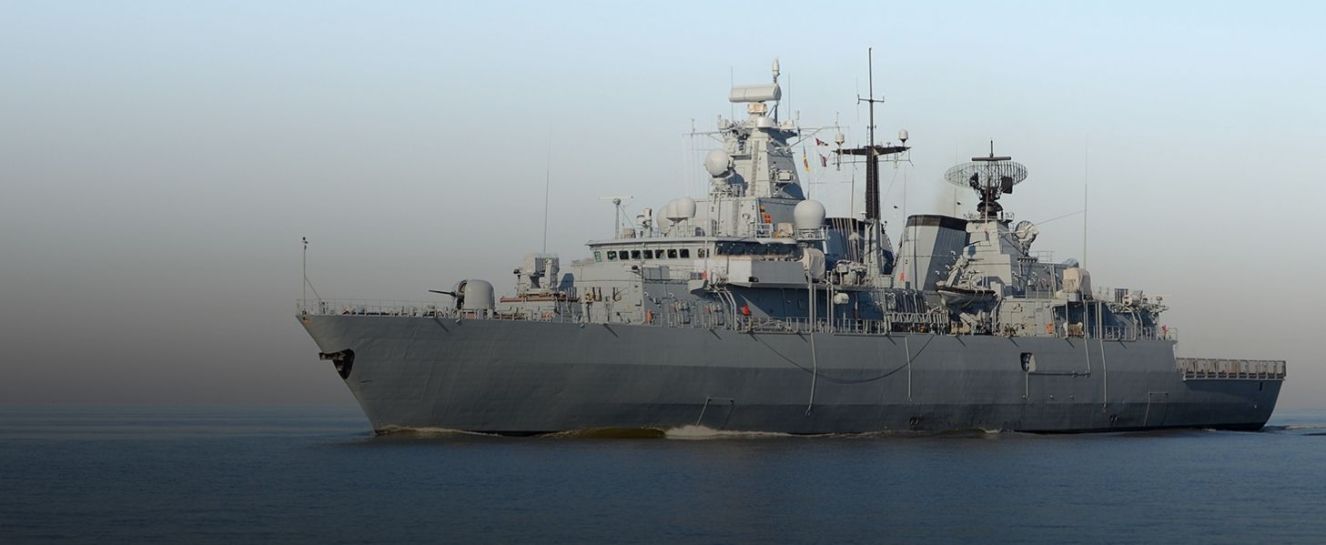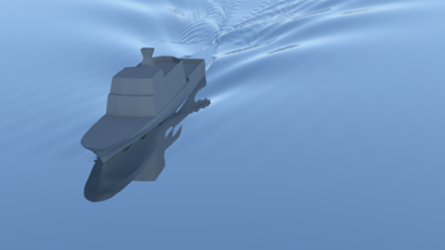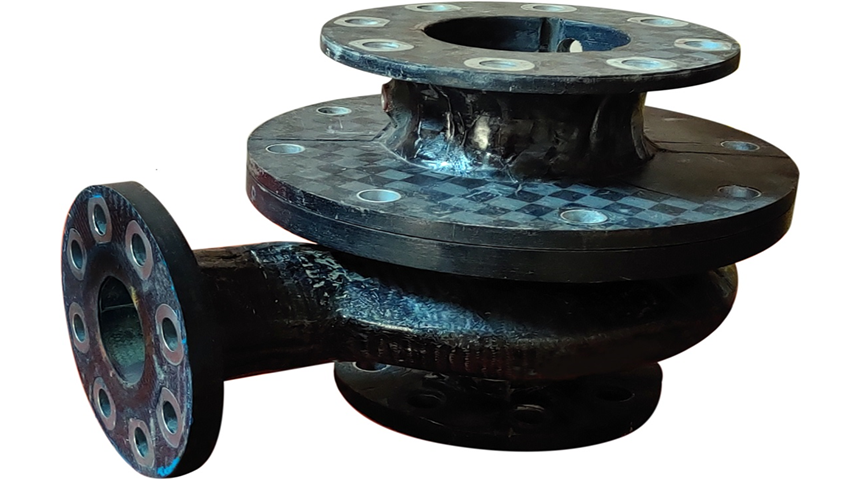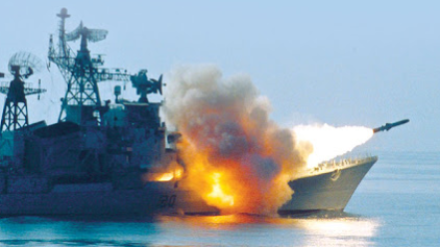Naval Systems

Naval Systems
Naval vessels and their systems are developed through a spiral model of iterative design. Here, one progresses from established design rules to high-fidelity analysis techniques. In this design process, we offer advanced simulations to bring insights into hydro-dynamics, signatures and structural compliance. These studies have helped vessel owners, design offices, shipyards and ancillary suppliers to perfect their designs and obtain type approvals.
Our Solutions
- Radar cross section prediction of naval vessels
- Design optimization of naval subassemblies
- Design, development and manufacturing of naval pumps
- Performance analysis of missile launchers, plume diverters and naval rockets
- Marine propeller flow characterizations and integration to the hull
What We Offer
- Shock and vibrations studies of ship subassemblies
- Hydrodynamics of ship for hull resistance
- Range table generation for Naval rockets including underwater trajectory
- Characterization of hydrofoils and other control surfaces
- Custom engineering software like thickness measurement of hull
Vessel RCS
Ship Propulsion
Ship Hydrodynamics
Projectiles Impact and Trajectory
Ship Sub-Assemblies
Composite Marine Pumps
Naval architecture is the combination of science and design engineering for building ships, boats, barges, submarine and other seagoing vessels. On the other hand, marine engineering deals with the design, construction and operation of all the mechanical equipment and auxiliaries that are present onboard a ship or naval vessel. Such equipment includes diesel engines, power generators, electrical machines and systems that control cooling, ventilation, sewage, potable water and fire protection. For equipment to qualify for marine application, Compared to conventional usage, the equipment for marine application (especially for warships) needs to be designed for survival against high shock and protection from corrosive environments of the sea.
Warships and submarines are detected, tracked and attacked through the signatures they produce. These can be classified as underwater noise (acoustic), radar cross-section (RCS), infrared (IR) and magnetic (ELFE) signatures. Signature management primarily involves the prediction, measurement and mitigation of emitted signatures. Both passive and active techniques are employed. Simulation methods have proven themselves to accurate predict signatures that allow designers to optimize them at the conceptual stage itself. Retrospective fitments for signatures can be very costly and would result in a sub-optimal solution.
Case Studies

Design for Hydrodynamics and RADAR Cross Section of Naval Vessel
The shipyard was given a task by the user to reduce the hydrodynamic drag from the ship hull and reduce...

Design & Development of Test Rig for 125 TPH Composite Sea Water Pump
Design and Development project for Composite Sea Water Pump. Composite materials pump...

Shock, Vibration and Motion Analysis of Ship Structure during Missile Launch
During the launch of missile from the launcher on board the ship significant transient loads will pass...